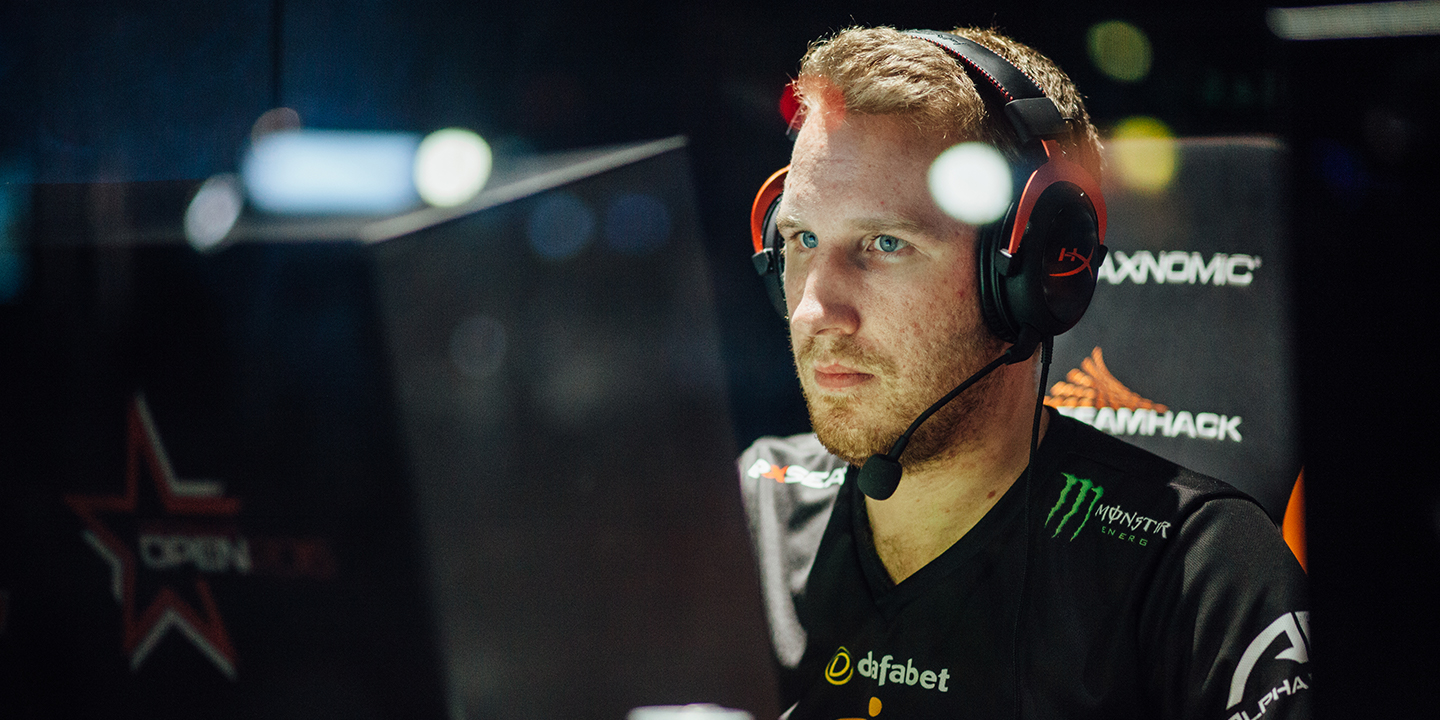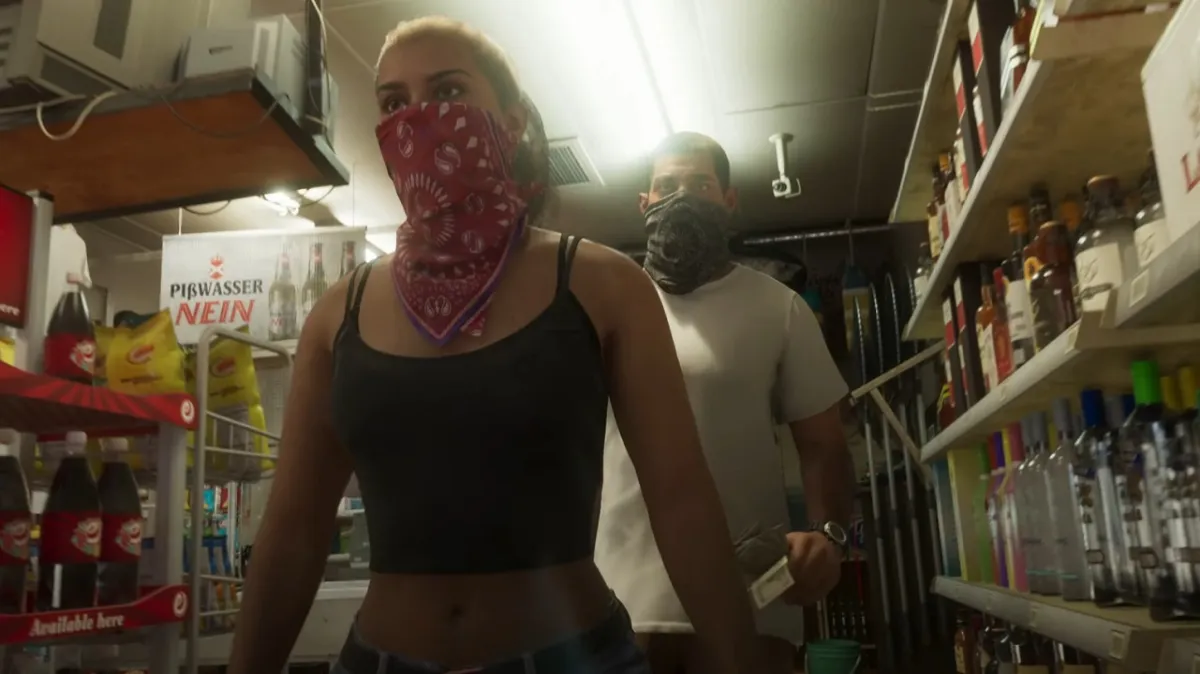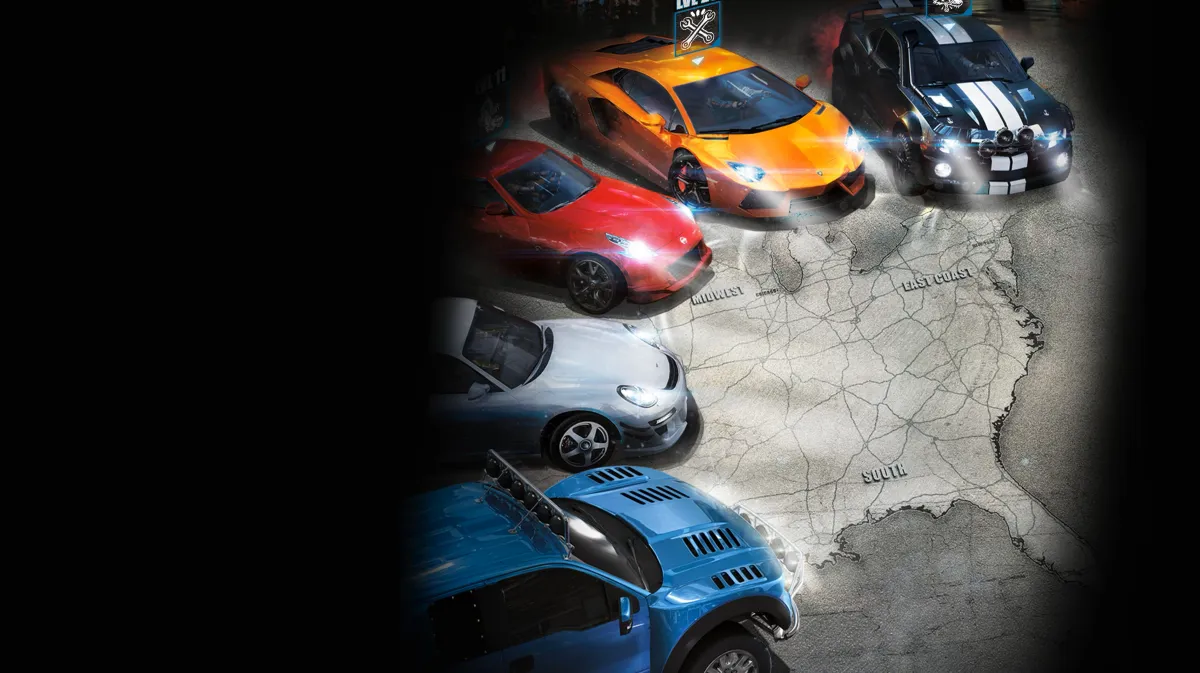Esports had its biggest year ever in 2015. Nearly 36 million unique viewers watched the League of Legends World Championships final. Dota 2 team Evil Geniuses won $6.6 million at The International—out of a prize pool that totalled a staggering $18.4 million. An esports event was broadcast on ESPN2. American media giant Turner Broadcasting announced a nationally televised esports league.
The thing is, every year is the “biggest year ever” in esports. And it’s going to be that way for a while. The industry’s phenomenal growth won’t stop soon. Outside money is going to keep pouring in, and viewership numbers are going to keep inching upward, or simply skyrocketing (see: Counter-Strike: Global Offensive). Sure, there might be signs of a nascent bubble, but the foundation and architecture of the young industry is taking shape, and each year it looks just a little bit healthier.
Of course, that good bill of health and those impressive numbers are just reflections of the gruelling work that real people put in every day of every week. We’re not just talking about the players—though their contributions are huge—but everyone from the bottom up: the staffers, the business people, the journalists, the agents behind the scenes pulling the strings and striking deals. These are the people who mattered most in esports in 2015.
Lee “Faker” Sang-hyeok
Faker has the kind of talent that truly transcends the game he plays, the type of mastery worth watching, the reason why people tuned in just like Michael Jordan with basketball. And this year, people are really starting to realize it.
The Korean mid laner, 19, won nearly every event he played in this year. SK Telecom T1 scored two consecutive titles in Korea’s top league. Then they won their second World Championship title, becoming the first team to do so in history—with only Faker himself and one teammate playing in both lineups. (Oh, and he became the first esports athlete to grace the cover of ESPN: The Magazine.)
Two of his teammates left in the offseason, tired of living in the shadow of a gaming god, tired of playing the Pippen to Faker’s Jordan. But no one is afraid that SK Telecom T1 won’t perform next year. They still have Faker, after all.
Tobias Sherman
As the head of esports at talent agency WME | IMG, Sherman has been instrumental in developing the industry behind-the-scenes this year—including orchestrating what was probably the biggest industry news of 2015.
WME | IMG acquired the company Sherman co-founded, Global eSports Management, earlier this year, bringing the resources of a major international talent agency to esports for the first time. Since then, WME | IMG has played a key role in a series of big name sponsorship deals in the industry, even as it’s helped teams and players with promotion and contract negotiations.
Sherman helped facilitate a partnership with Turner Sports which ultimately led to the founding of ELEAGUE—the first esports league to get the backing of a major American television network. In its inaugural edition in 2016, which will be broadcast on cable network TBS, the league will feature Counter-Strike: Global Offensive, with a total prizepool of $2.4 million.
Enrique “xPeke” Cedeño Martínez
Running an esports franchise is tough, and competing as a pro player is even harder. Only one man made doing both at the same time look easy in 2015.
Legendary Spanish mid laner Enrique “xPeke” Cedeño Martínez quit Fnatic—his team of five years and one of the most successful League of Legends squad in European history—to form his own organization in 2015. That’s the kind of move that can end a career in esports.
Origen, as he named the team, started from the bottom. It needed to qualify for the Challenger Series, the amateur league beneath the pro level, before even thinking of trying to earn a berth in the League Championship Series. But they succeeded, dominating the Challenger Series on their path to reaching the pro league. Then Origen managed to qualify for the World Championship before reaching the semifinals. The team had gone from amateur side to top four in the world in the span of a year.
At the head of that operation was xPeke, who put together an impressive season even while running a brand-new organization.
Syed Sumail “Suma1L” Hassan
Few players in esports can claim to have had as big an impact in their debut year as 16-year-old Syed Sumail Hassan. The Pakistani national was recruited to American Dota 2 team Evil Geniuses in January after the team’s offlaner, Saahil “Universe” Arora, witnessed his talent during in-house leagues. At Evil Geniuses, Hassan was given a trial by fire, thrust into international competition for his first LAN appearances.
But that quickly paid off in February at the Dota 2 Asia Championships (DAC) where, despite opponents constantly ganking his now signature Storm Spirit, he zipped back with superior play to win the title. Leading his team to victory at both DAC and The International would have been impressive for a veteran. But for a first-year rookie, it was simply remarkable.
Maria “Remilia” Creveling
Maria “Remilia” Creveling is the first female League of Legends player to qualify for the biggest esports league in North America.
Like any other player who dreams of professional League, Creveling’s path to the League Championship Series was gruelling. After about a year trying and failing to qualify via various amateur teams, she joined up with a new team stitched together by lawyer-turned-esports entrepreneur Chris Badawi. Later named the Renegades, the team stomped its way through the amateur ranks over a four-month-long period. And by dropping Team Coast 3-2 in the Challenger Series final, they won promotion to the LCS, the highest level competition in North America.
But despite her success, Creveling was ready to hang up her mouse after qualifying. A female in an overwhelmingly male space, she was a constant target of personal attacks on social media. As she publicly weighed her options, a significant part of the community rallied behind her. She chose to play. That’s good news for competitive League of Legends—and bad news for her opponents.
Richard Lewis
Yes, Richard Lewis wrote for the Daily Dot this year, and you could argue we’re displaying bias in including him here. But love him or hate him, there’s no arguing that the veteran esports journalist had a major impact on esports in 2015. So we couldn’t possibly write a list of the most influential people in esports this year without his name on it. The Brit is always at the center of controversy, breaking many of the most important stories of the esports year.
In Counter-Strike, he exposed a match-fixing ring involving one of North America’s best teams, shaking the sport to its very foundations. In League of Legends, he revealed scandal shedding light on the occasionally predatory relationships between teams and the young players who work for them. He opened discussion about Reddit’s unchecked influence on esports journalism and the industry as a whole. He broke news about potential exclusivity in Counter-Strike, causing a discussion that may have prevented it from even occurring.
Many of the year’s biggest stories were thanks to Mr. Lewis and his diligence in rooting out the truth. Whether you’re a fan or not, you can’t deny the impact he’s made on esports this year.
Gonzalo “ZeRo” Barrios
In 2015, no person had as much influence in a single esport as 20-year-old legend Gonzalo “ZeRo” Barrios. The Super Smash Bros. for Wii U player took home first place titles from four of the game’s major tournaments this year: Apex, Community Effort Orlando, EVO, and The Big House 5.
Barrios was the first Smash for Wii U player to sign with a top tier League of Legends organization, landing a contract with giant Team SoloMid in July.
Barrios won 55 first place titles in a row, from tournaments across the world from November 2014 to October 2015. Yes, Nairoby “Nairo” Quezada eventually broke his winning streak in October. But he’s undisputedly the best player in the game. And in 2015, he pushed the envelope and skill ceiling for Smash for Wii U far more than any other.
Patrik “cArn” Sattermon and the Fnatic staff
In 2015, the best Counter-Strike team in the world and the best League of Legends team in the West played for Fnatic. The players deserve much of the credit. But in the background, a constant throughout their success, was Sattermon and the rest of Fnatic’s staff.
The former Counter-Strike pro is now Fnatic’s chief gaming officer. The Swede is the man in charge. He doesn’t sit behind his desk, but follows his teams, travelling everywhere they do, and bringing a vast bank of experience with him. One successful team might be a fluke, but two absolutely dominant teams is a sign of organizational health.
Fnatic’s Counter-Strike lineup won 12 international titles in 2015, two of them Valve backed majors, while the League of Legends squad went undefeated in the LCS Summer Split and battled to a top four finish at the World Championship. The Heroes of the Storm team, meanwhile has recently dominated Europe, most notably in their win at DreamHack Winter in November. Sattermon was present at almost every tournament his Counter-Strike team played at, and also bounced around Europe with the League team during Worlds.
In esports’ biggest year, the work of Sattermon and people like him—the ones who work behind the scenes—was often the most essential. And the most ignored.
Olof “olofmeister” Kajbjer
This year, Kajbjer, 23 proved that he’s one of Counter-Strike‘s all-time greats, leading his team, Fnatic, to two major wins this year: ESL One Katowice and Cologne.
Kajbjer was the most consistent Counter-Strike player of the year, racking up kills and performing near-perfectly as an entry-fragger at several events. Fnatic won eight premiere tournaments this year thanks to his stellar performances—and those of his teammates.
The timing couldn’t have been better. Kajbjer’s massive year came just as Counter-Strike had its own breakthroughs, smashing viewership records and becoming inarguably the second-biggest esport on the planet.
And if Kajbjer can continue his form, expect next year’s Fnatic to be just as dominant.
Kim Phan and the Blizzard esports team
Organizing a two-day convention that can hold around 14,000 people—and the world championships for four Blizzard games—isn’t easy. Add onto that qualifying rounds and regional championships for each Blizzard title and it’s pretty clear the company’s esports team pretty much didn’t get a break all year.
But Kim Phan and the Blizzard Entertainment team didn’t just pull off Blizzcon 2015—and its four world championships—with only minor hitches. They also positioned the company for a huge year in esports in 2016.
Phan and her team have laid out big plans for Heroes of the Storm in 2016, including a new Global Circuit with a total prizepool of $1.5 million. Hearthstone is also getting a huge esports boost next year, with nine regional championships leading into the world championships, and a total of $1.9 million on the line—that’s up from $600,000 in 2015.
Bonus award: Colin Cowherd
Every good story needs a villain. For esports in 2015, that villain has been Fox Sports shock jock Colin Cowherd.
After an esports event was broadcast on ESPN, the perpetually angered sports broadcaster was irate that these “basement dwellers” were given time on his precious network. Cowherd threatened to quit ESPN if he was ever forced to discuss esports on his show. Not that anyone really wanted him to ever talk about esports on his show. The video went viral and esports fans were furious.
Since moving over to Fox Sports, Cowherd has revelled in the esports hate. He’s featured esports at every opportunity, even advertising the dates for fighting game events. His co-host, Kristine Leahy, has become his foil: a defender of esports. She’s even worked for ESL at IEM San Jose, where she gave the scene one of its best memes: “egamers.” Fans brought signs to the event deriding Cowherd, as they learned to bask in the glow of his loathing rather than actually let it get to them.
Cowherd is now more of a cartoon baddie than a true enemy of esports. We love to hate him, and he loves to rag on us. It’s a symbiotic relationship, a circle of angry joy. Long may it continue.






